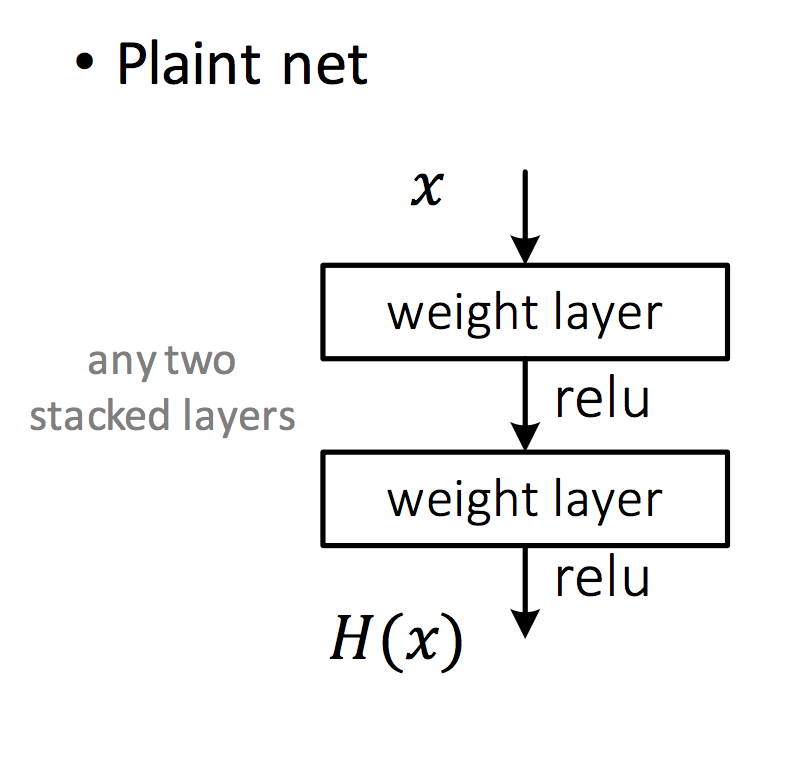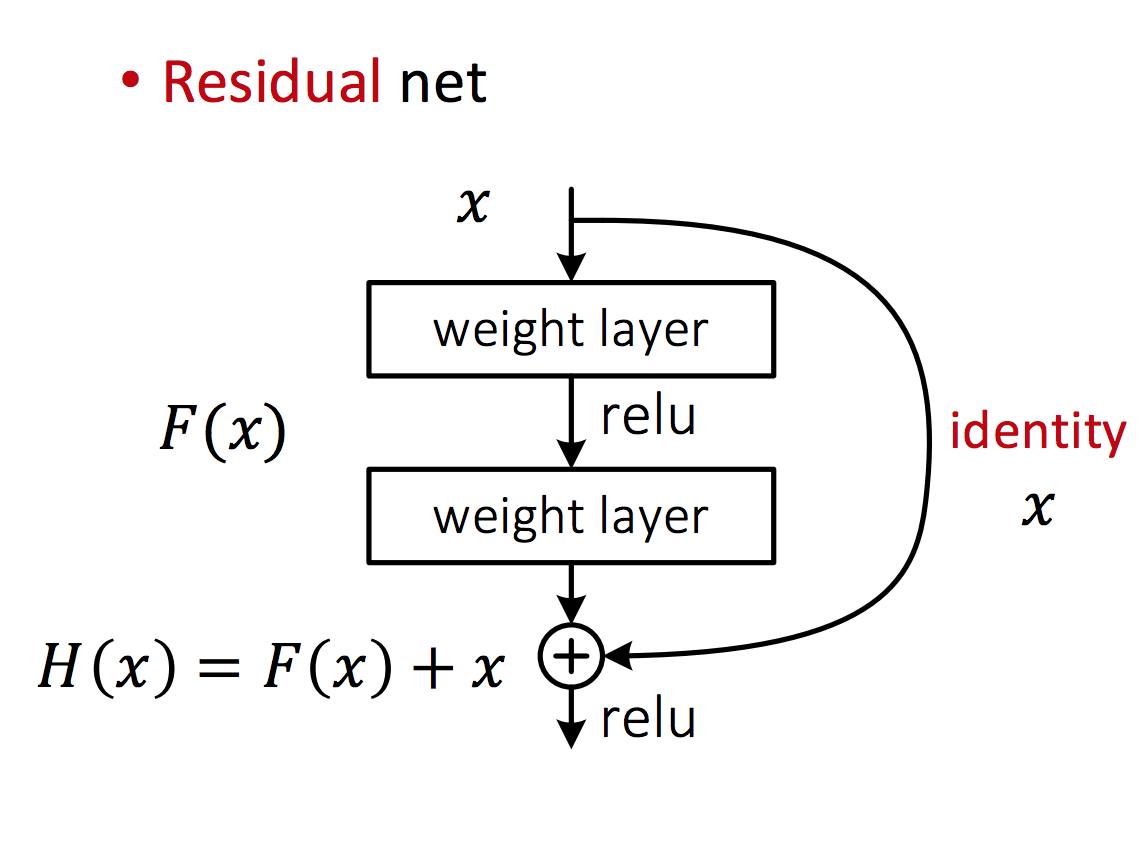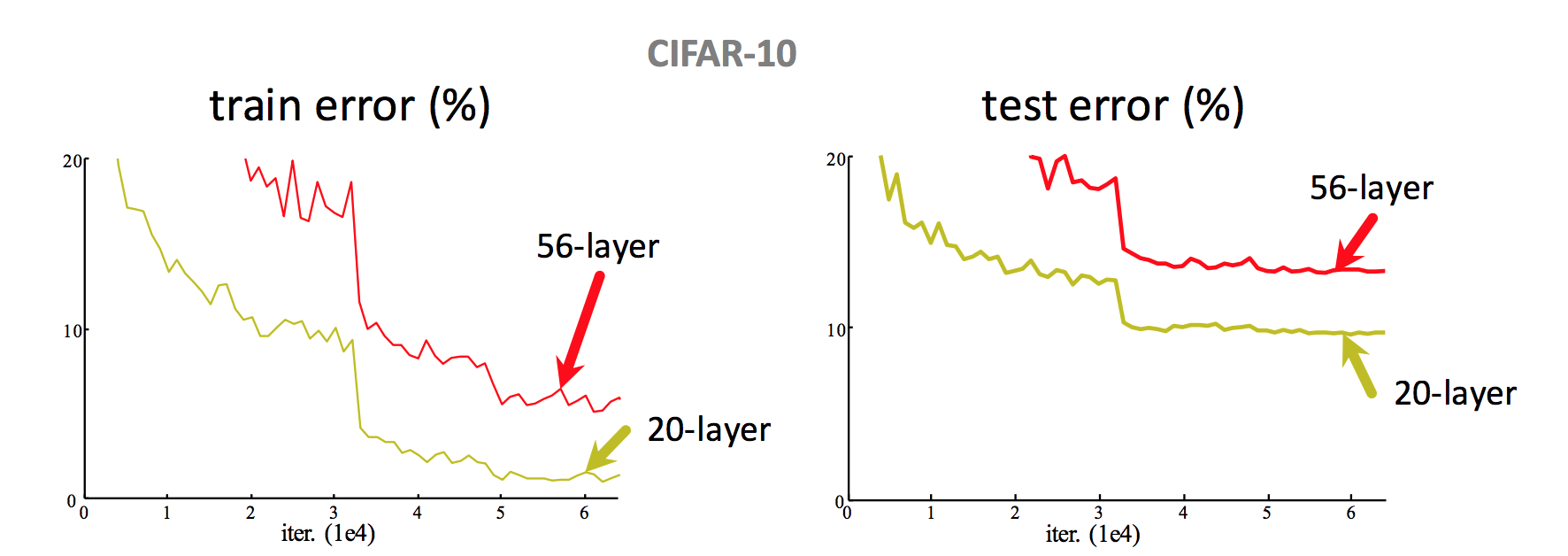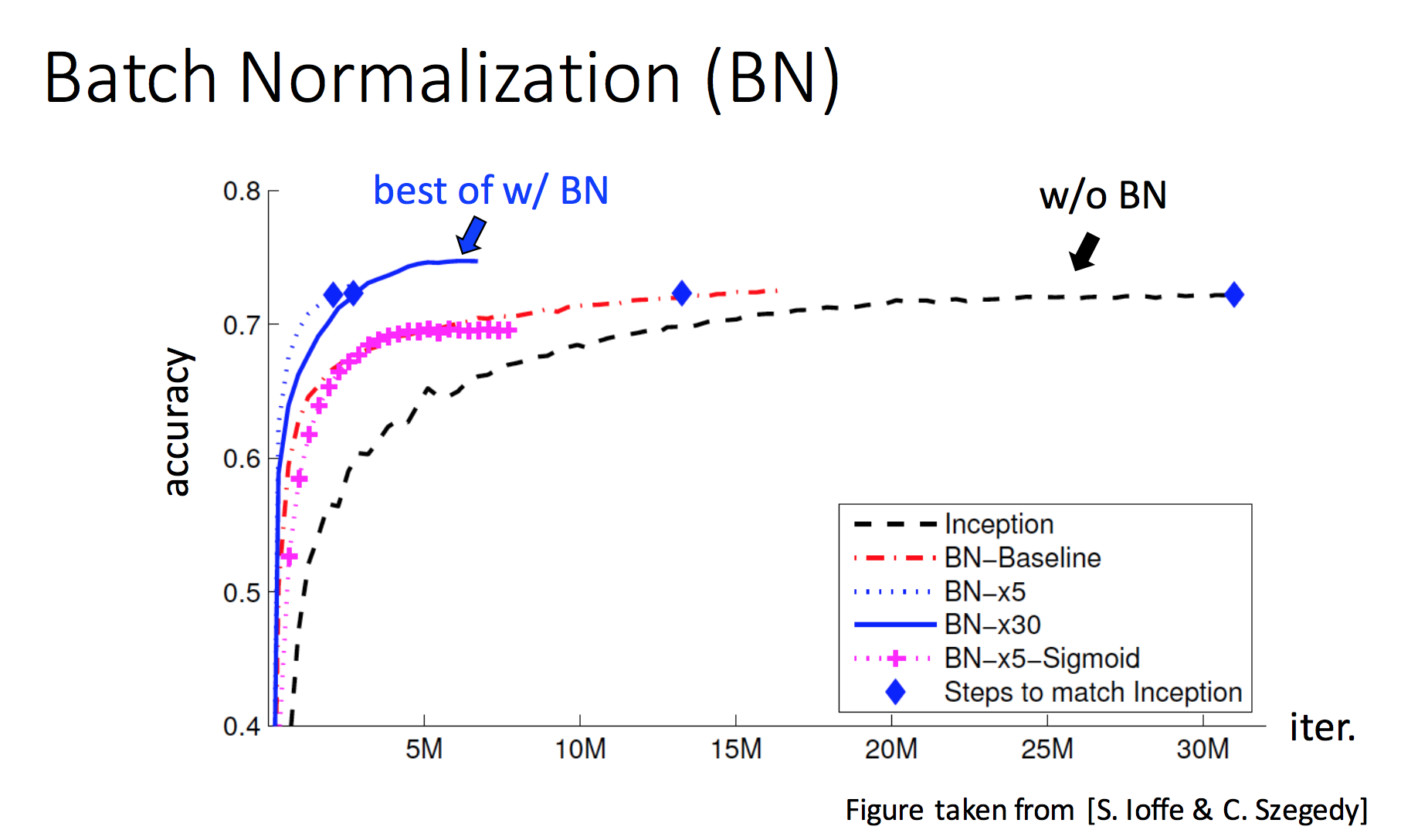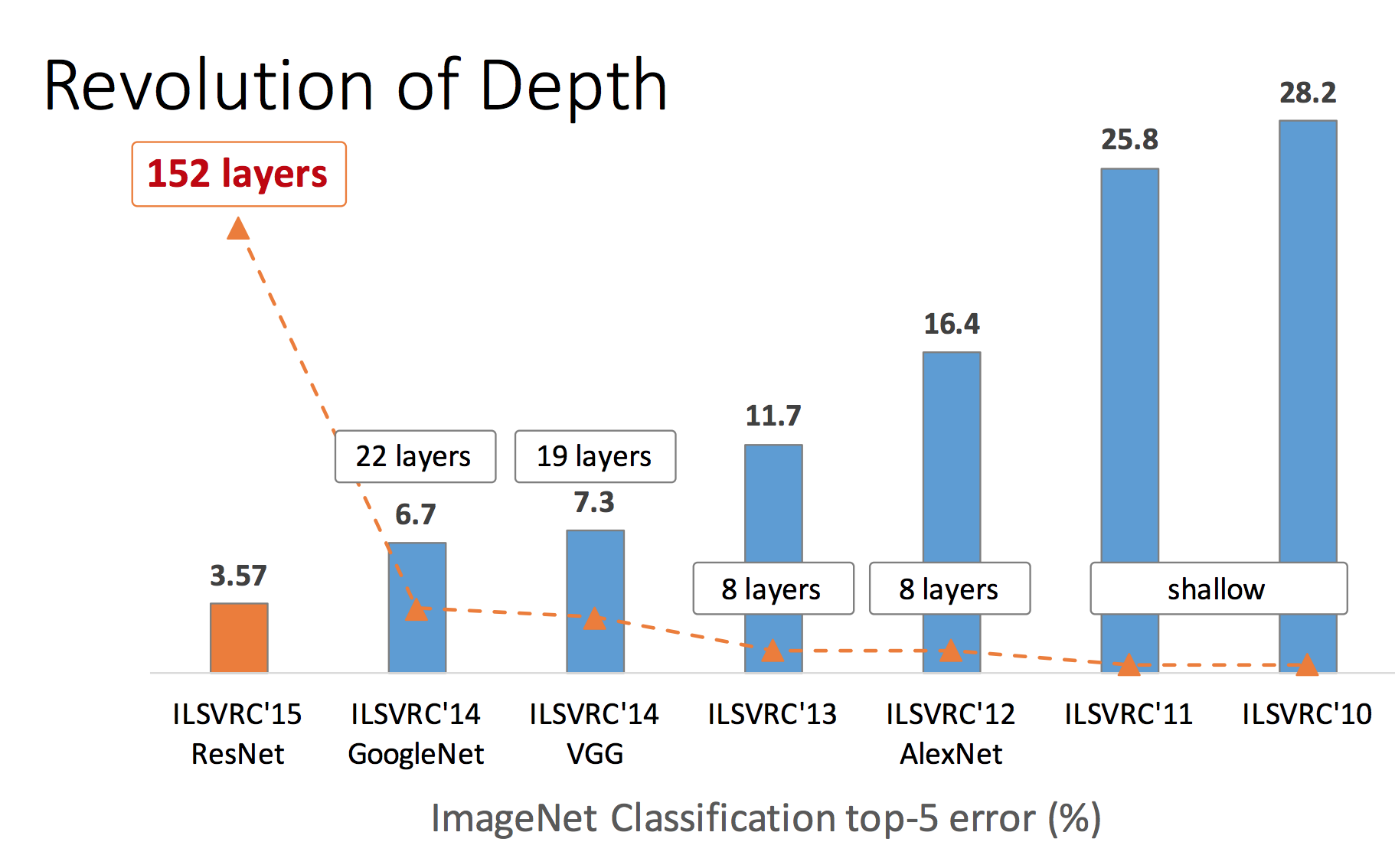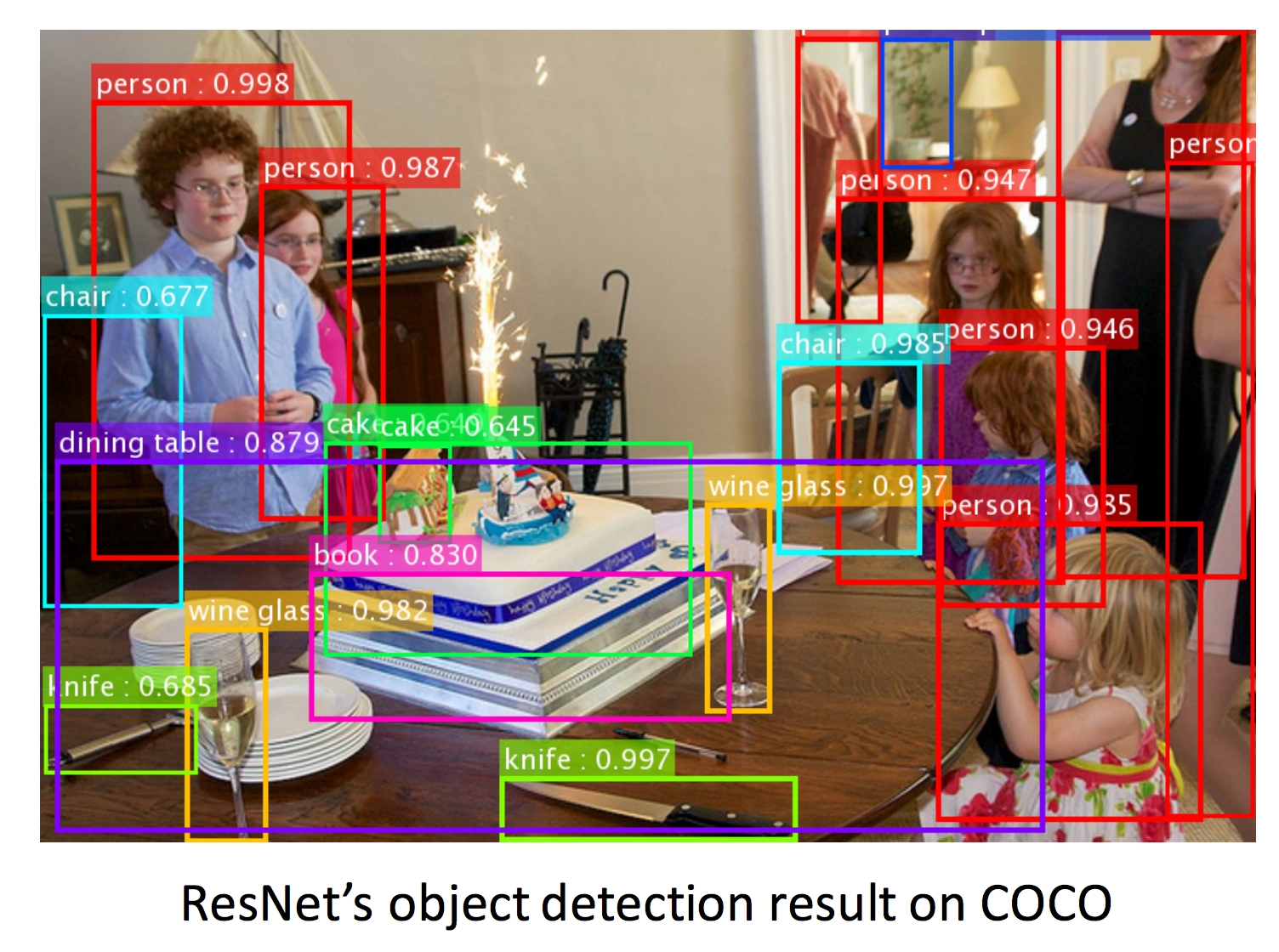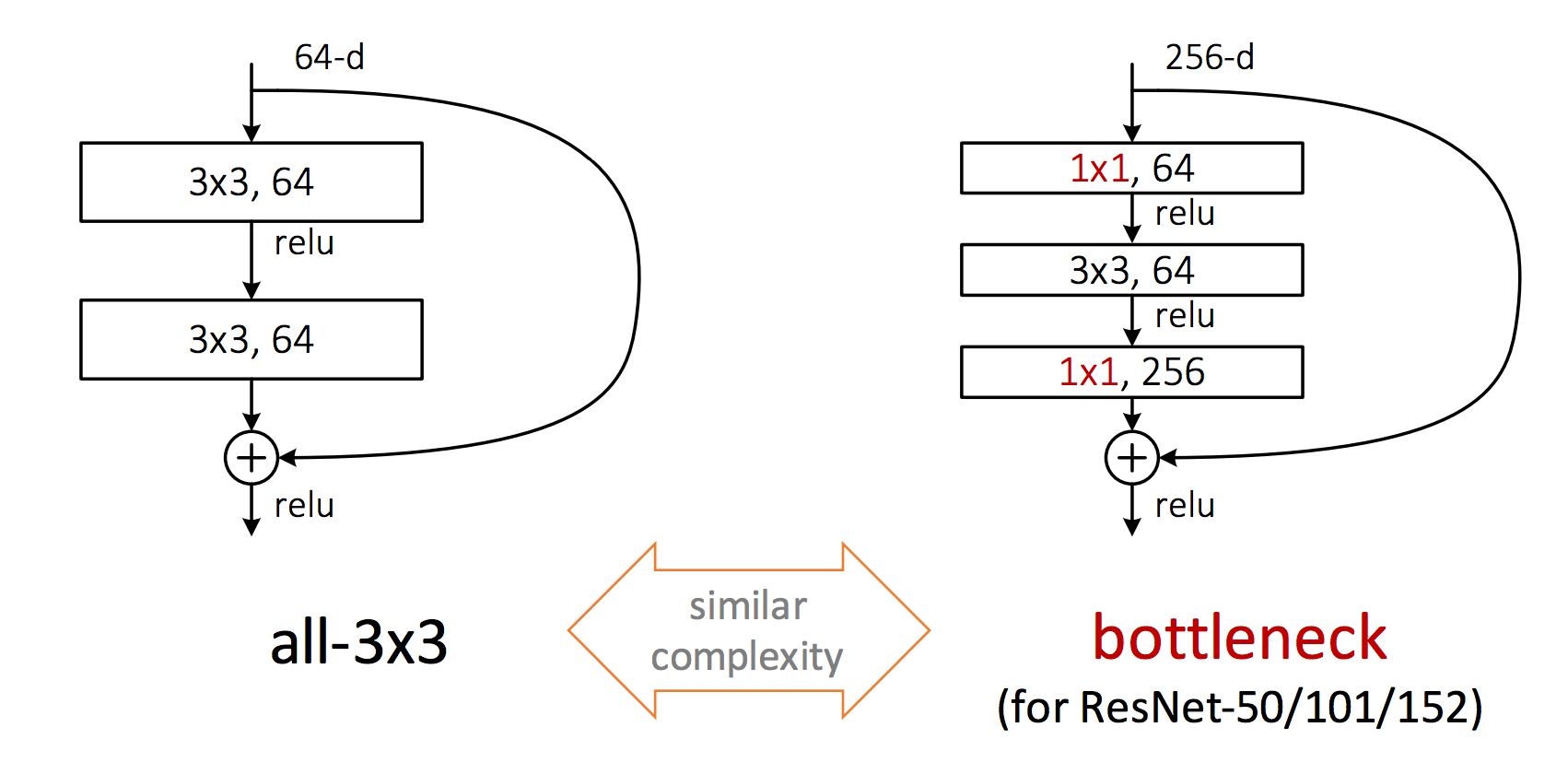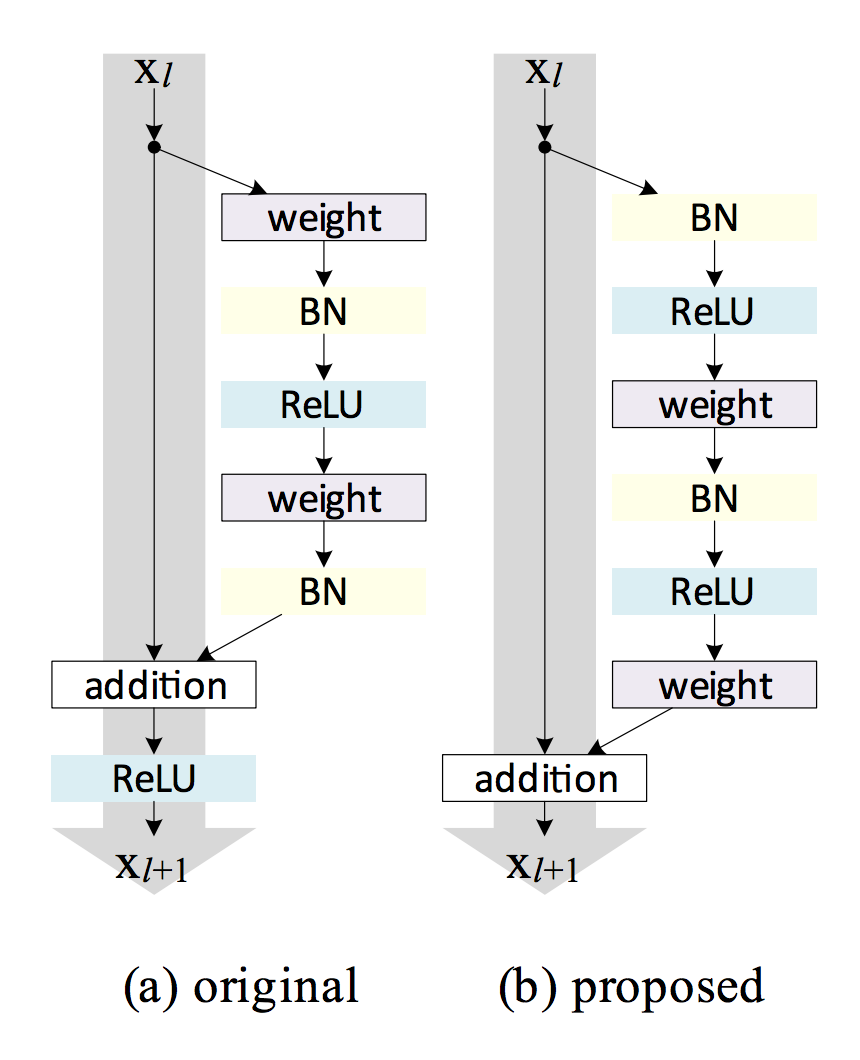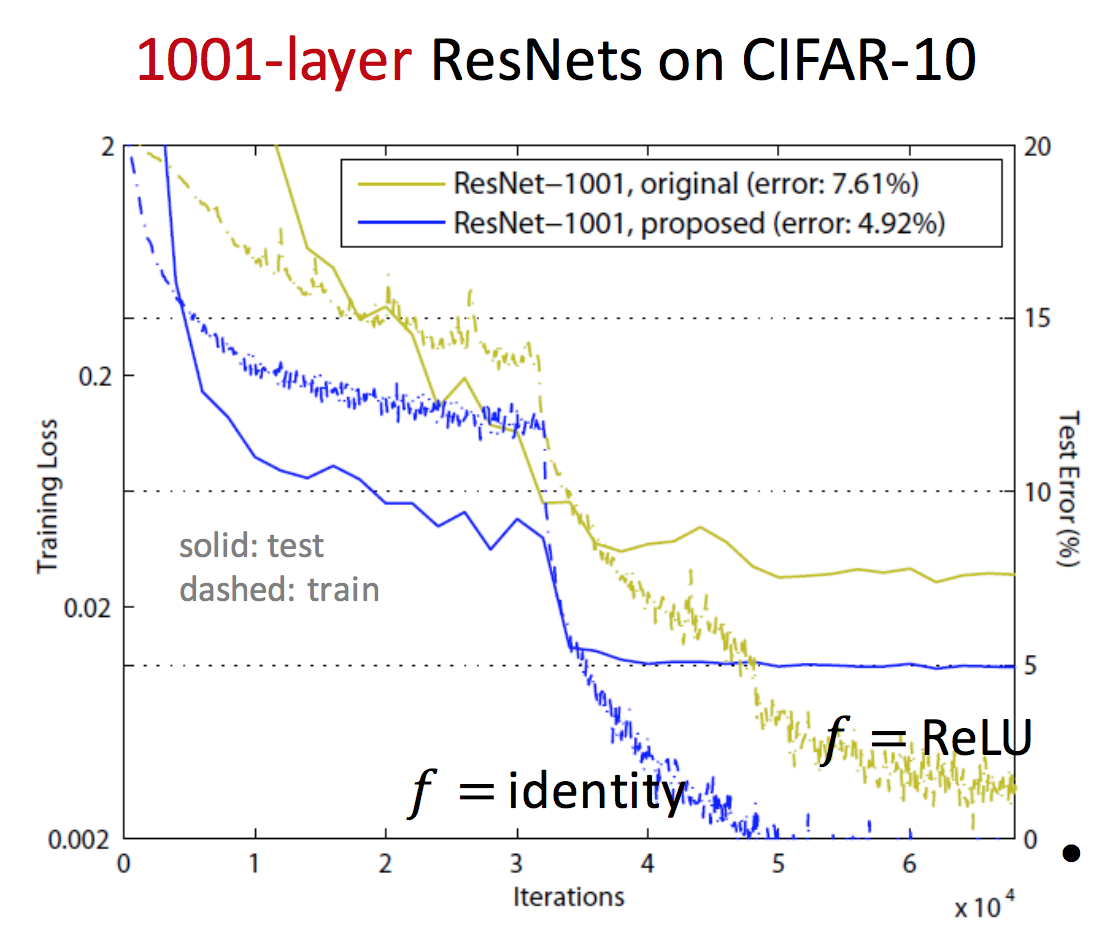Deep Residual Network Architectural Design
Deep Residual Networks (ResNets)
Award winning simple and clean architecture for training “very” deep nets for computer vision
Invented by Microsoft Research in 2015
Won 1st places in all five main tracks in ImageNet and COCO Large Scale Visual Recognition Competition in 2015
ImageNet Classification: “Ultra-deep” 152-layer nets
ImageNet Detection: 16% better than 2nd
ImageNet Localization: 27% better than 2nd
COCO Detection: 11% better than 2nd
COCO Segmentation: 12% better than 2nd
Motivation
Network depth is of crucial importance in neural network architectures
Deeper networks are more difficult to train.
Residual learning eases the training
Enables them to be substantially deeper with improved performance
Training Increasingly Deeper Networks
Common Practices
Initialization
Careful initialization of model weights
Avoid exploding or vanishing gradients during training
Batch Normalization
Batch Normalization of each layer for each training mini-batch
Accelerates training
Less sensitive to initialization, for more stable training
Improves regularization of model (better generalization)
Simply stacking more layers does not improve performance
56-layer CNN has higher training error and test error than 20-layer CNN
accuracy gets saturated and then starts degrading
ResNet Introduces Residual Learning
Original Paper: Deep Residual Learning for Image Recognition
Plain Layer Stacking
Stacking with Residual Connection
add an identity skip connection
layer learns residual mapping instead
makes optimization easier expecially for deeper layers
helps propagate signal deep into the network with less degradation
New assumption:
optimal function is closer to an identity mapping than to a zero mapping
easier for network to learn residual error
each layer is responsible for fine-tuning the output of a previous block (instead of having to generate the desired output from scratch)
Bottleneck Design
Practical design for going deeper
sandwich 3x3 conv layer with two 1x1 conv layers
similar complexity
better representation
1x1 conv reduce tensor dimensonality for 3x3 conv layer
ResNet Provides Improvements in 3 Key Concepts
Representation
training of much deeper networks
larger feature space allows for better representation
Optimization
Enable very smooth forward propagation of signal and backward propagation of error
Greatly ease optimizing deeper models
Generalization
Does not overfit on training data
Maintains good performance on test data
ResNet Improvement: Pre-Activation
Improvements on ResNet design: Identity Mappings in Deep Residual Networks
ReLU could block prop when there are 1000 layers
pre-activation design eases optimization and improves generalization
Next Lesson
Implementation of a Deep Residual Neural Network
residual skip connections
bottleneck blocks
Last updated
